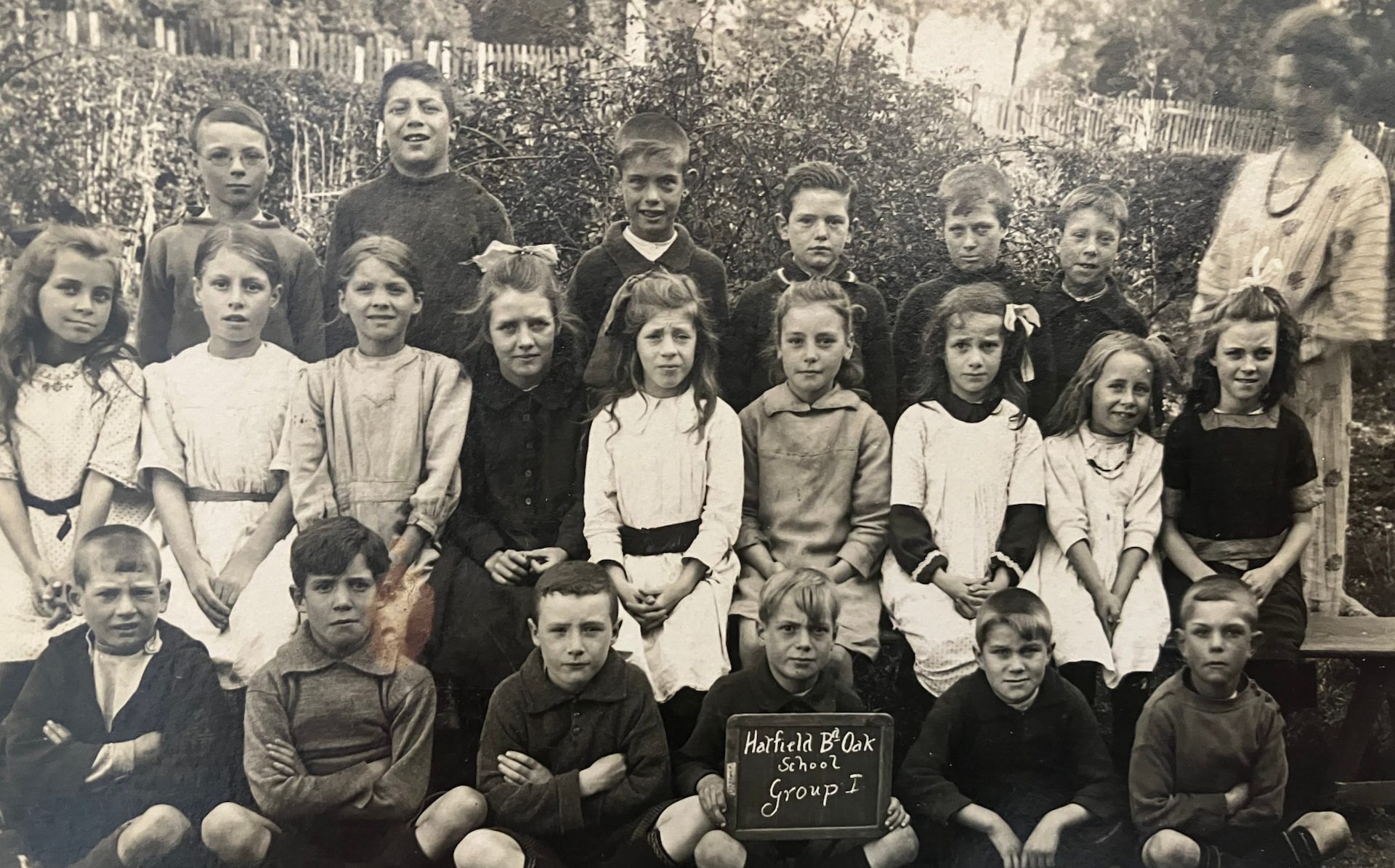
The Evolution of Photography: From Analog to Smartphones
In an age where smartphones have become an integral part of daily life, it's easy to overlook the positive changes they've brought to our world. One area where their impact has been particularly notable is in the realm of photography, especially when it comes to capturing holiday memories. The digital era has transformed how we document our lives, making high-quality images more accessible than ever before.
While there are certainly downsides to this technological advancement—such as the overcrowding of popular spots due to the desire for the perfect shot and the occasional mishaps caused by overzealous photographers—there’s no denying that smartphones have revolutionized the way we take and share photos. Today, anyone with a smartphone can capture professional-grade images, thanks to continuous improvements in camera technology and artificial intelligence. For instance, Google's latest AI-powered camera phone features a "camera coach" that guides users on how to compose their shots, ensuring better results even for those without formal training.
The concept of progress often involves refining and enhancing existing technologies. This principle is evident in the evolution of photography itself. Looking back at the past, we can see how far we’ve come. Consider my grandfather’s old photograph album, which contains a visual chronicle of his life from 1909. These images, though valuable, are far from perfect. The class photo of his primary school shows a blurred teacher’s face, and the wedding picture features a group of around 50 people, many of whom are out of focus. Even the most cherished moments, like a gull flying behind my mother’s shoulders in a holiday snap, would be edited to highlight the child and remove the background figures if captured today.
Despite these imperfections, some people argue that the charm of pre-smartphone photographs lies in their authenticity. In his book The Family Silver, Michael Collins, a former picture editor of the Telegraph Magazine, highlights the appeal of amateur color slides, noting that their unassuming nature makes them compelling. Similarly, Dutch designer Erik Kessels, who collects found photographs, believes that flaws and imperfections add to the beauty of these images, suggesting that there is something uniquely human in the imperfection of analog photos.
My own collection of photographs spans both the analog and digital eras. While the latter offers vastly superior quality, I find myself less engaged with them, overwhelmed by the sheer volume of images. However, there are two black-and-white photographs on my bookcase that hold special significance: my grandfather’s school photo and a picture of my son taken by his godmother. Both are flawed, yet they carry a certain beauty that resonates with me.
As we continue to embrace the advancements in photography, it's worth reflecting on what we might be losing in the pursuit of perfection. While smartphones have undoubtedly made capturing memories easier and more accessible, there is still a place for the imperfect, the raw, and the authentic. After all, it's these qualities that often make the most meaningful connections.
0 comments:
Ikutan Komentar